 ABB is attempting a comeback to the residential solar market with the release of their new ABB inverter. The inverter manufacturer gained an unfavourable reputation in recent years with a problem they inherited – the Aurora. However, ABB has rebuilt their new inverter from the ground up. In this post, I’ll first discuss the impressive history behind the engineering conglomerate called ABB. Next, I’ll look at the build of the ABB inverter, pointing out what it has and what it hasn’t included. Following this, I’ll look into the operation of the ABB inverter discussing temperature and heat, and its flexibility in solar design. Finally, I’ll give my view on what ABB is now infamous for – their warranty.
ABB is attempting a comeback to the residential solar market with the release of their new ABB inverter. The inverter manufacturer gained an unfavourable reputation in recent years with a problem they inherited – the Aurora. However, ABB has rebuilt their new inverter from the ground up. In this post, I’ll first discuss the impressive history behind the engineering conglomerate called ABB. Next, I’ll look at the build of the ABB inverter, pointing out what it has and what it hasn’t included. Following this, I’ll look into the operation of the ABB inverter discussing temperature and heat, and its flexibility in solar design. Finally, I’ll give my view on what ABB is now infamous for – their warranty.
For this post, I went overboard to get the full story. I didn’t just test the ABB UNO 5kW inverter in my office for a few months. It wasn’t enough just to meet with Joseph and Adrian from ABB Australia to fact check my blog. This time I also flew to Germany and shared lunch with a team of ABB engineers as we discussed the new UNO – as you do.
A little bit of history
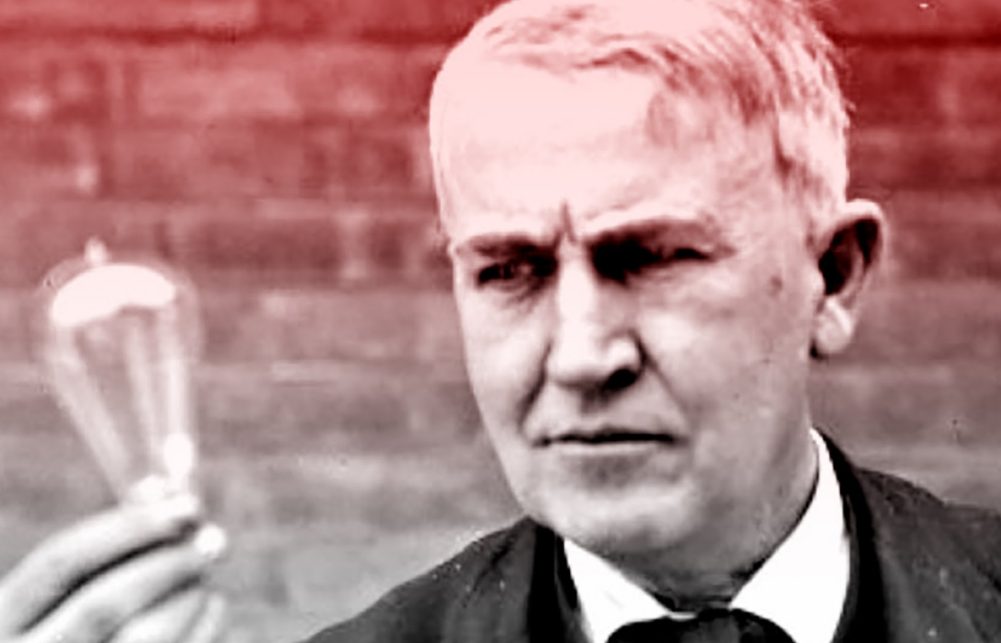
After about a century of trading, the two companies Allmänna Svenska Elektriska Aktiebolaget and Brown Boveri merged. In the 30 years since they have become one of the biggest conglomerates in the world. On 1st of May 2014, ABB completed their acquisition of a little solar company called Power-One. At the time, that “little company” manufactured what many considered the worlds best residential solar inverter. Power-One had named their baby the Aurora. When ABB took over, they ditched the Power-One and Aurora branding, and it became known just as the ABB PVI inverter.
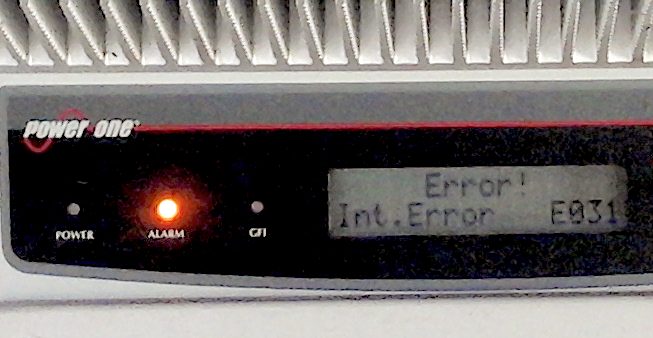
As simple as ABB.
The Power-One Aurora seemed like a well-designed inverter, but it had internal components that let it down. What does a company with a 130-year history do to re-enter a rapidly developing market?
The clever people from ABB met (as history will embellish it) at a little sidewalk cafe over Campari and Gin, and penned the following on a napkin.
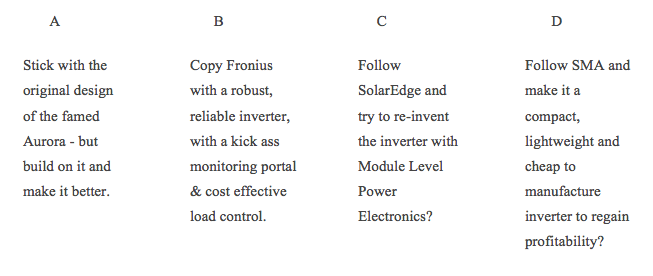
“A little bit from column A and a two bits from column B.”
Bring it on, ABB
So let’s have a look at what ABB have done. Is it really two parts Fronius with all the goodness of the Aurora?
The ABB inverter build
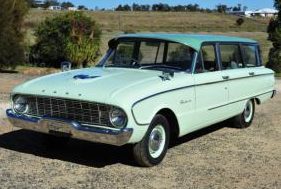
ABB built their new inverter old school strong. That’s not surprising considering the engineering giant manufacturers the UNO in Italy. The “engine bay” is spacious, the heat sink is oversized, and the filters for the AC and DC are huge.
 It’s got a screen!
It’s got a screen!
Hallelujah! It seems inverter manufacturers are moving away from screens because of high failure rates, and forcing us to rely on wireless monitoring. However many inverters will not be connected to WiFi for their lifetime, and “directly connecting” to an app isn’t everyone’s forte, so a simple screen is a necessary backup.
 Plug it in
Plug it in
ABB chose to keep with “plug in” connectors. They claim this makes the install quicker – I’m not sure about that – but it reduces the chance of water entering via damaged conduits or condensation entering through inadequate seals.
 It’s Light
It’s Light
The 5kw ABB inverter inverter is 15kG. That’s heaps lighter than it’s 26kG predecessor and just lighter than new SMA 5kW (16kG).Weight matters when the installer is trying to hang it on the wall, and it’s good to know that inverters are being manufactured with fewer natural resources than before.
 Load Control
Load Control
While the ABB 5kW inverter does not come standard with the ability to heat a hot water system with excess solar power, you can purchase an additional communications card for that purpose. This card is also required for export control. As we’ll discuss later, this feature is not fully ready.
DC Isolator
The version shipped to Australia at the moment does not have a DC isolator inbuilt. That’s because we have a stupid regulation about inbuilt DC isolators that will hopefully be overturned soon. If the standard does get changed, the UNO will be modified to include a DC isolator. This will reduce installation cost and increase reliability.
The “NO FAN” fallacy
I recently wrote an article on the new SMA inverter declaring it “fanless” because:
i) I couldn’t see it
ii) I was lead to believe this by SMA and,
ii) the spec sheet says it is cooled by “convection”, rather than by “fan”.
It turns out the term “convection” is ambiguous, I was misguided, and the SMA does have a fan. Just a teeny-weeny one.
ABB Au Naturel
ABB state their inverter has “natural cooling”. I wondered what they mean by “natural cooling”. Does it mean:
A) “Don’t worry, we don’t use fans like Fronius, so we are super reliable”? Or…
B) “We used No artificial colours or flavours in the Chinese manufacture of our cooling fans”?
I found a fan in the ABB inverter. I can therefore only conclude the fan has no artificial colours or flavours.
My point is, the ABB inverter has an internal fan – just in case, like me, you would presume otherwise.
The operation of the ABB inverter
I didn’t do extensive testing of the ABB inverter because its claims were not extraordinary. It’s just a robust inverter that inverters DC power.
Efficiency
The weighted efficiency of the ABB inverter is 97 % which is 0.6% better than the Aurora and the Fronius Primo.
Baby steps in the right direction. With the price of panels today, inverter efficiency has become less of a talking point. However higher efficiency means less heat, and less heat means longevity.
Heat
I tested the temperature of both the ABB inverter and the Fronius inverters when they were running at 2500W in an air-conditioned room using probe thermometers. I left the lid on the Inverters, and took the temperatures over three days. I took the measurements at various locations, and the Fronius always ran cooler. I took these measurements at the top of the capacitors. In other locations, the variation was much larger.
This thermal image shows why the Fronius (left) runs cooler. It relies on three fans and a small heat sink to pump the heat out of the top of the small heat sink.
The ABB inverter (right) relies on natural cooling, which is referring to the huge heat sink on the back – and an internal fan with no artificial flavours or colours.
Design flexibility
ABB UNO Specification Datasheet
The input parameters on the 5kW ABB inverter are similar to the good old Aurora. Let have a look at some of the key specs:
- 5000W nominal
- 5150 max
- 3500W max per MPPT (the Aurora was 4kW)
- 600V max open-circuit,
- 90V min operational.
Say Whaaat?
5150W max? 3500W each MPPT? Seriously? If you took the ABB inverter spec at face value, you’d never buy one.
The good news is ABB was just joking. What the spec means is the maximum that each MPPT will convert is 3500W per phase or 5150W in total.
But if our job was inspected by the CER, they could fault us for being non-compliant with the specification!!
They could, but then you reply to the CER with an email from ABB like this:
In short, the ABB inverter is an extremely design friendly inverter. If we needed to, we could put four panels facing north on MPPT1, ten panels east and ten panels west on MPPT2. (Some installers will say you can’t split east and west on 1 MPPT, but you can. I’ll cover that in another post soon.)
ABB inverter Online monitoring
Earlier this year I met for lunch with a team of ABB engineers at Intersolar in Germany to try to gain a better understanding of their upcoming product. I was thrown so much information about the online capabilities, and I left the meeting feeling extremely optimistic about their new product. This new platform would give us as the installer the ability to:
- Monitor self-consumption and export power
- Identify shading issues by scanning the inverters MPPT
- Remotely adjust hot water relay parameters
- Remotely adjust grid parameters
- Allow for automatic microprocessor updates
This all sounds great. However, none of it is available yet. The ABB inverter still runs on the old “Auroravision” platform which was great a few years ago when we were installing Aurora inverters, but the bar has been lifted. Most notably is the need for consumption monitoring and the ability to adjust the hot water relay parameters. ABB didn’t give me a clear indication of when they would release their new monitoring platform, but the vibe was “next year”. When it is fully released, It will become a serious competitor to the Fronius Primo.
ABB inverter Warranty
Currently, ABB has not released their new inverter terms and conditions. That’s uncool. However, what we do know is it has a 10-year full warranty until the end of 2017. I’m looking forward to dissecting the new T’s & C’s.
We can’t ignored that ABB’s warranty process in recent years has been pathetic. It’s not that they didn’t honour their warranty, but ABB’s supply of warranty replacements just did not keep up with the demand. To make it worse, it felt like communication was poor during the warranty process. To be fair, how many times can ABB Australia call to say “we still don’t have your replacement inverter”. The warranty process left the solar industry jaded with ABB – many installers will never trust ABB again.
It would be easy to point the finger and say that ABB should have been more like Fronius when they suffered through their IG15 disaster. However, the number of Fronius IG15’s installed in the Solar industry’s infancy is dwarfed by the number of Aurora inverters installed at the height of the solar industry.
I’m inclined to see the positive. Although there were long delays, ABB generally honoured their warranty. They hopefully learned from their mistakes and spent years designing what will most likely be a reliable inverter. However, they will need to pull a rabbit out of a hat to convince other installers. A good start would be a guaranteed inverter replacement time with compensation carrot if the timeframe is not met. It would be even better if ABB stated that clearly on the yet to be released terms and conditions.
Summary
The new ABB inverter looks strong. It’s got a screen, plug in connectors, it’s light, and it has the option for hot water load control. Unfortunately, it doesn’t have a DC isolator, but that may change. The ABB inverter’s massive heat sink does a good job at “natural cooling”, but don’t be fooled by the term, because it still has an internal fan. ABB have made their new inverter super flexible with its design parameters, however, they are yet to release the updated online monitoring. If ABB fully implemented a new online monitoring platform, it may be a contender to Fronius. While installers and customers are jaded with ABB because of their warranty experience, I think ABB has the ability to pull off a ‘Lazarus” and get it right this time. It may just need a rabbit and a hat, or a carrot.

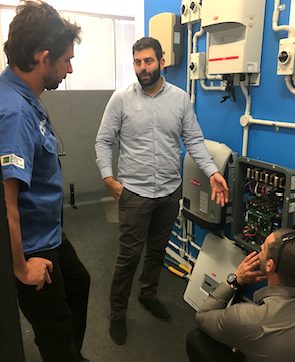
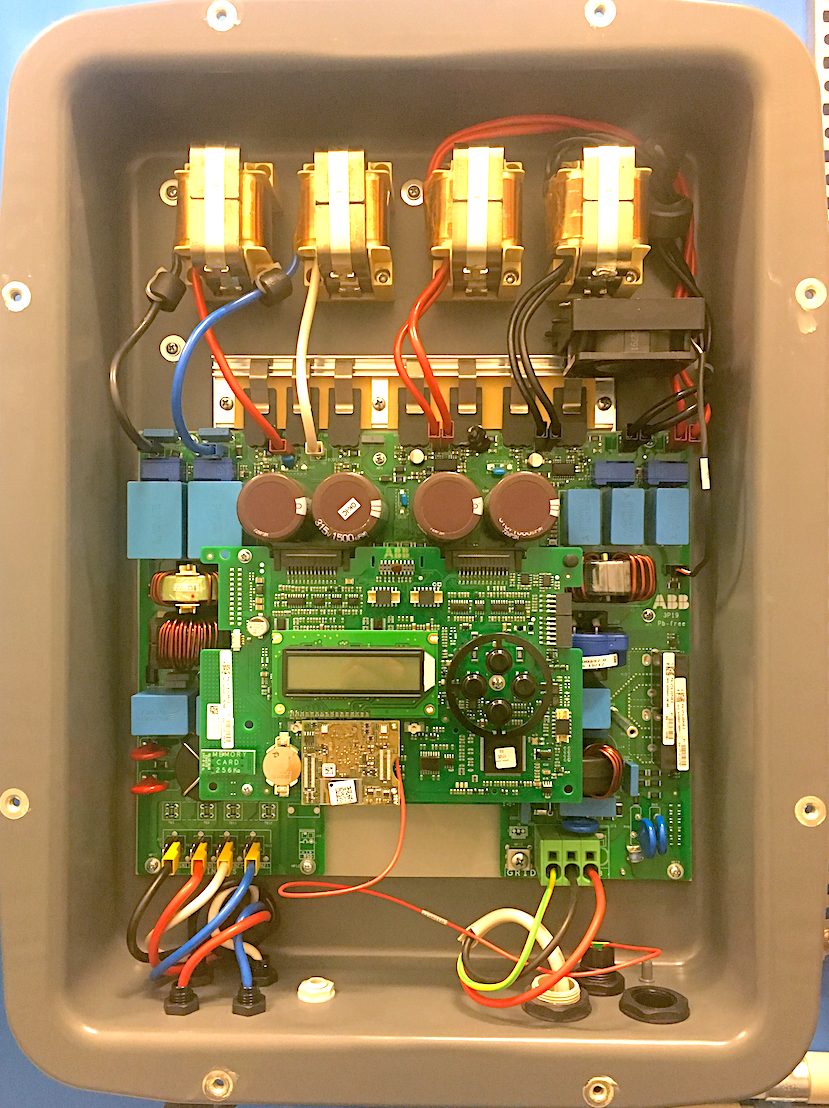
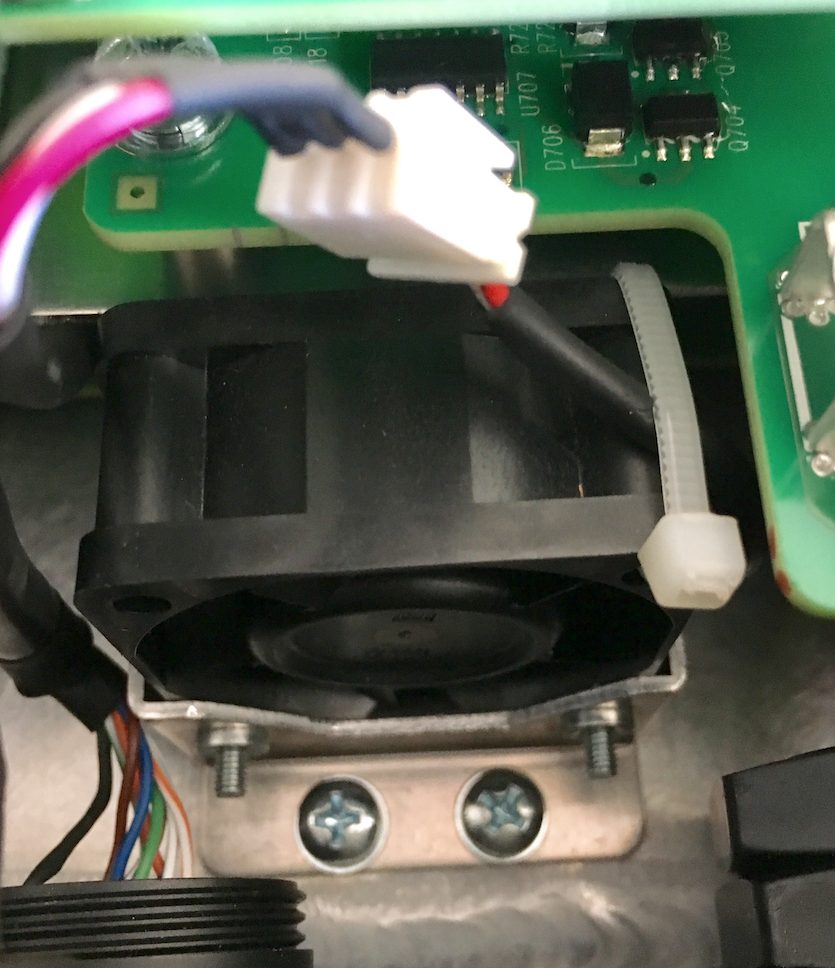
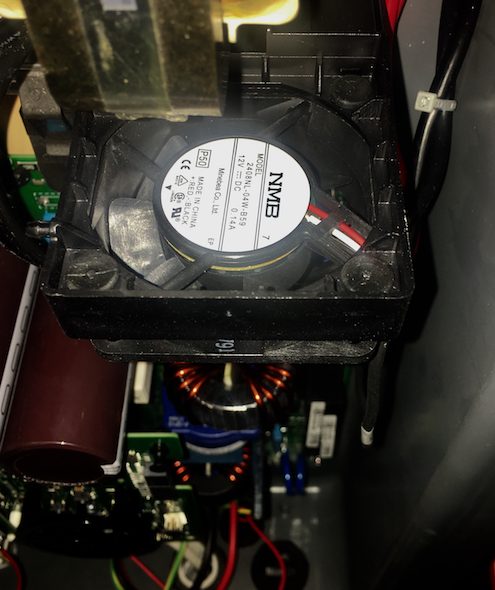
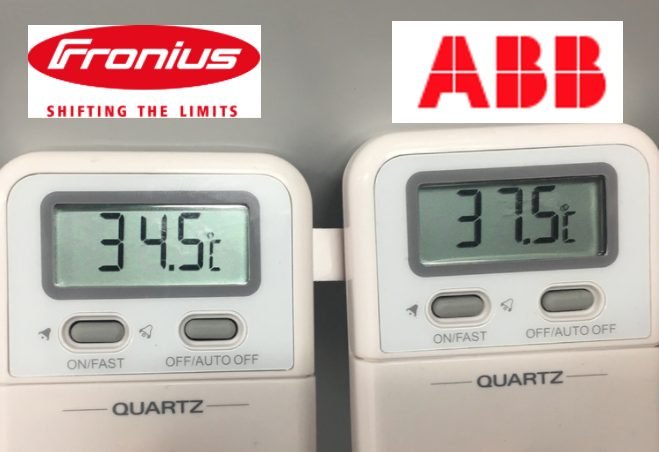
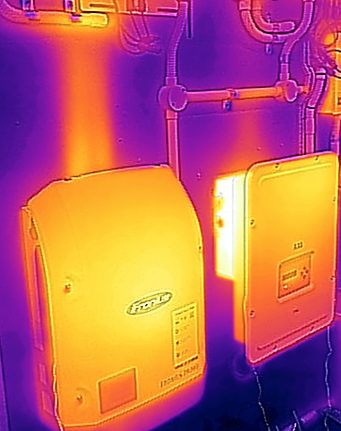
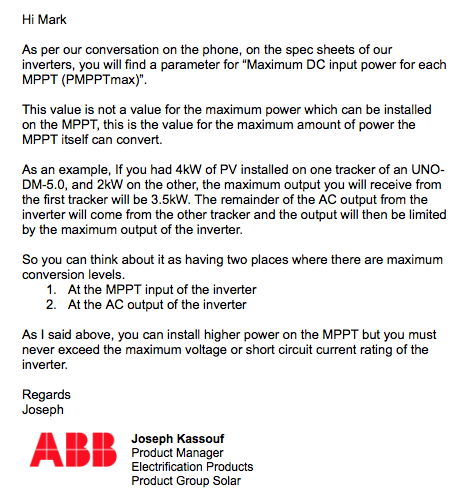

5 Responses
Hello Sales,
We’re interested in making a purchase from your company. Could you please let us know if you offer Net 30 payment terms? If so, we’d appreciate it if you could send over a credit application form for us to complete.
Thanks for your help.
Best regards,
Hi William, I don’t like your chances of getting it under warranty. If it was 5 years and 2 months, they would honour it. The relay can be replaced if you can find someone who is into fiddling around with things like that.
Great article Mark; very clear. My friend and I inherited a solar system on our house when purchased in JuLY 2021 with an ABB UNO Selectronic PVI-3.6-TL-OUTD inverter with a faulty relay (INT E031 error code). It’s around 7 years old (week 1442 (year/weeks of year). Fimer have taken over all ABB inverters but I can’t get them on the phone. I believe that it should have a warranty honoured under Australian consumer law as 5 years jurist isn’t ‘merchantable’ for this device. One would expect more life expectancy under the law so I’m pushing for a replacement. Best wishes, thanks for your article
Hi Michael. Both ABB and SMA are decent inverters. Our recommendation is always going to be Fronius though. The Fronius Gen24 is the inverter with the power point that comes online in the event of a blackout during the day.
First, Thank You for putting out this info. My solar company wants to replace an SMA inverter which has lasted me 10 years. They want to replace it with an ABB 5.0 inverter. Has the situation with ABB changed since you wrote this story? Is this something you think I should use or stick with an SMA inverter? I saw one that has an outlet to use during blackouts. Thanks for any advice you can give me.